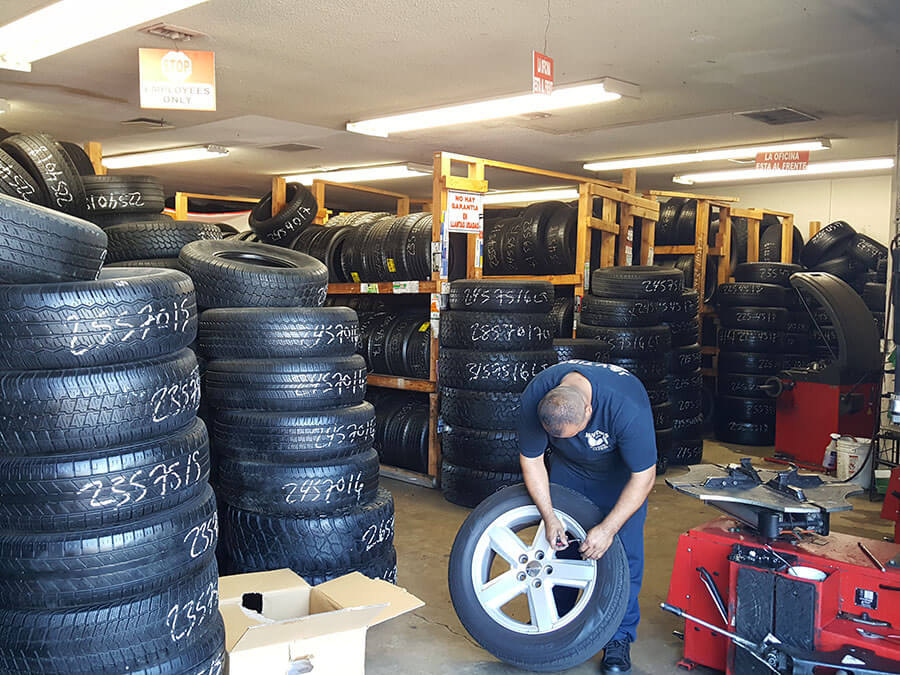Morris Tire and Alignment: Your Relied On Resource for Reliable Service
Morris Tire and Alignment: Your Relied On Resource for Reliable Service
Blog Article
Tire Service: Recognizing Tire Stress Surveillance Systems
Recognizing Tire Pressure Surveillance Solutions (TPMS) is an important facet of maintaining optimum automobile performance and security when driving. With improvements in vehicle modern technology, TPMS has come to be a conventional feature in modern-day lorries, providing real-time details on tire pressure levels. Delving deeper into the complexities of TPMS, one can reveal the various elements that make up this system and the importance of each in making certain exact monitoring. From straight to indirect TPMS systems, the landscape of tire pressure surveillance is diverse, each with its distinct set of factors to consider and benefits. Stay tuned to unwind the complexities of TPMS, from maintenance suggestions to the undeniable benefits of maintaining your tires properly pumped up. tire shop morris.

Value of TPMS
The relevance of Tire Pressure Monitoring Systems (TPMS) depends on their capability to enhance lorry security and efficiency through real-time monitoring of tire pressure degrees. Maintaining the appropriate tire stress is critical for ensuring optimal handling, stopping, and general safety and security of a vehicle. TPMS offers drivers with immediate comments on any type of underinflated or overinflated tires, permitting timely adjustments to be made.
Parts of TPMS
Making up numerous crucial elements, a Tire Pressure Tracking System (TPMS) operates as a sophisticated safety feature in contemporary automobiles. The main elements of a TPMS consist of sensors, a control component, and a warning sign. Sensing units are commonly situated in the tire shutoff stem or connected to the wheel setting up, where they gauge tire pressure and send information to the control component. The control component procedures this info and triggers a caution if it spots substantially reduced pressure in any of the tires. The warning indicator, frequently a symbol on the control panel, notifies the vehicle driver to inspect the damaged tire or tires. Some advanced TPMS versions likewise display the real tire stress readings for each and every tire, giving drivers with real-time information to ensure optimum tire performance and safety. By keeping track of tire pressure continually, TPMS helps avoid mishaps, decreases tire wear, and improves gas performance, making it a crucial element for automobile safety and security and performance.
Sorts Of TPMS

On the other hand, indirect TPMS depends on the lorry's wheel rate sensing units to keep an eye on tire pressure. This system finds underinflation by contrasting the rotational rates of the wheels. Indirect TPMS is much less pricey than direct TPMS, as it utilizes existing sensing units within the automobile.
While direct TPMS uses a lot more precise analyses, indirect TPMS is simpler in design and usually needs less maintenance. Both systems have their constraints and benefits, and the option between them typically depends upon variables such as price, automobile make, and individual preference. Understanding the distinctions in between these 2 sorts of TPMS can assist car owners make notified decisions relating to tire maintenance and safety.
TPMS Upkeep Tips
Efficient maintenance of TPMS is essential for ensuring optimum efficiency and security of your vehicle. Routinely inspecting the TPMS sensing units for any type of damage or deterioration is critical. Make sure that the sensing units are free and tidy from debris that can hinder their performance. Furthermore, it is recommended to examine the sensor batteries periodically and change them as required to guarantee exact readings. Conduct regular checks on the tire stress degrees and compare them with the click over here TPMS analyses to ensure they correspond. If there are any type of disparities, rectify the system complying with the manufacturer's standards. Throughout tire turning or substitute, make sure that the TPMS parts are dealt with very carefully to prevent any kind of potential damage. If the TPMS cautioning light brightens on the control panel, resolve the issue without delay by inspecting the tire pressures and the overall system for any type of mistakes. By sticking to these upkeep tips, you can prolong the life-span of your TPMS and improve the security of your driving experience.
Benefits of Appropriate Tire Stress
Preserving appropriate tire pressure, as emphasized in TPMS Maintenance Tips, is vital for gaining the countless advantages connected with ideal tire pressure degrees. One of the primary advantages of keeping the right tire pressure is improved gas effectiveness. When tires are appropriately pumped up, there is less moving resistance, bring about much better fuel economy. Additionally, correct tire stress guarantees also tire wear, prolonging the life expectancy of the tires and promoting more secure driving problems. With the ideal tire stress, vehicles also have far better handling and traction, particularly in negative climate problems. This can boost total driving efficiency and safety and security for the vehicle driver and passengers. In addition, keeping ideal tire stress can contribute to a smoother and extra comfy adventure by decreasing vibrations and sound brought on by underinflated tires. To conclude, the benefits of correct tire pressure go past simply tire durability; they incorporate improved gas effectiveness, boosted safety, far better vehicle efficiency, and total driving comfort.
Conclusion
In final thought, comprehending tire stress surveillance systems (TPMS) is vital for preserving optimum tire stress and making certain automobile safety and security. By recognizing the significance of TPMS, recognizing with its elements, recognizing the various kinds readily available, sticking to correct upkeep pointers, and understanding the advantages of preserving appropriate tire pressure, motorists can improve their driving experience and extend the life expectancy of their tires. Correct tire stress is vital to secure and reliable automobile procedure.

Report this page